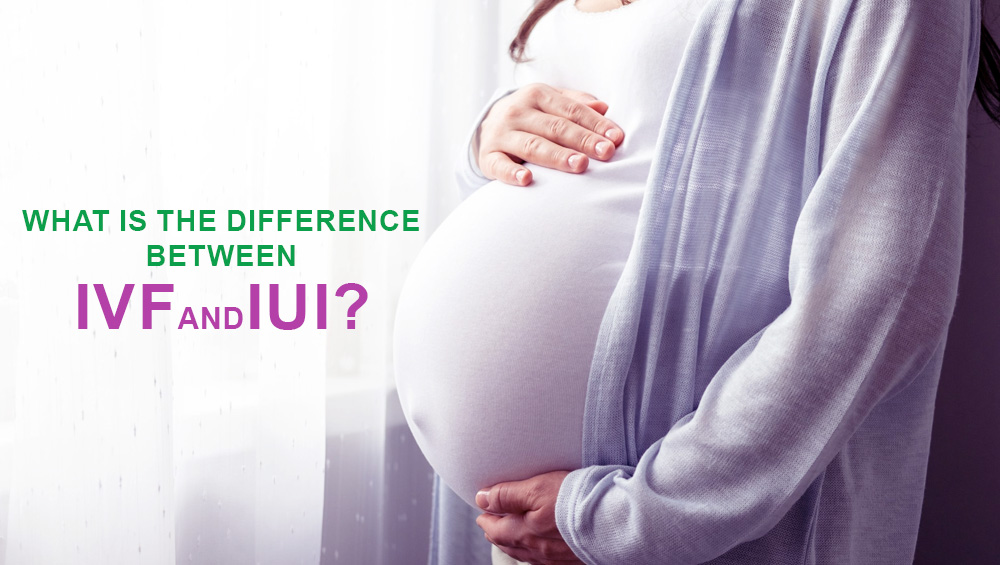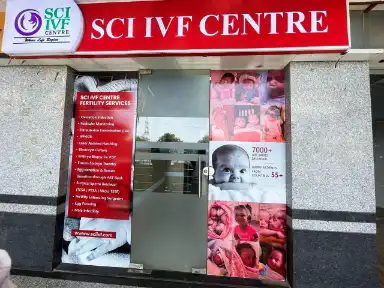Important Things to Know About Laser-Assisted Hatching
Have you ever thought about the question `Some IVF cycles get healthy embryos, but the IVF cycles still don’t end in pregnancy. Why is that? Most times it is because the very small and important step of embryo hatching is being overlooked. For natural conception, the embryo has to hatch in order to be successfully implanted in the uterus. The process of hatching can require assistance and that is why we have assisted hatching, specifically laser-assisted hatching.
This blog will cover the definition of assisted hatching and the steps of laser-assisted hatching. Then we will cover who might benefit from this, the limitations and what the process is.
What is Assisted Hatching?
Assisted hatching is an advanced practical method in IVF (In Vitro Fertilization ) for embryos in pre-implantation stages, which aids easy implantation in the uterus. The embryos in early development stages are surrounded by a protective shell called zona pellucida. The embryo has to “hatch” and break through the zona pellucida shell and attach to the uterus lining.
Most times, particularly in older women, the shell gets thicker for the embryo to hatch naturally. In those cases, where embryos are created, they can perform assisted hatching to the protective layer of the embryo, making the implantation process more efficient.
What is Laser-Assisted Hatching?
Laser-assisted hatching (LAH) is just a more modern version of assisted hatching. This Varied Scientific uses a computer controlled laser to hatch. It concentrates on a single spot of the zona pelucida and focuses the laser for a few milliseconds to avoid damage and maximize safety.
Older methods like acid Tyrode's solution or mechanical methods like microneedles were more likely to harm the embryo. Choosing LAH technology is safer and more reliable.
Who Might Benefit from Assisted Hatching?
Not every IVF patient needs laser-assisted hatching. However, there are certain cases where it will be beneficial. A fertility specialist might suggest it if:
- You’re over 37 and are undergoing age-related changes to your eggs or embryo quality.
- You have done IVF cycles in the past that have failed but had good quality embryos that just didn’t stick.
- The embryos had a thick zona pellucida as you noted during your examination.
- You are on a frozen embryo transfer (FET) cycle. The freezing and thawing sometimes toughen the zone.
- You have high FSH levels or might have low quality eggs (also associated with tougher embryo shells).
Potential Benefits of Laser-Assisted Hatching
At modern IVF labs, laser-assisted hatching is one of the most sophisticated techniques, and for good reasons.
- Implantation rates improve- It assists embryo fixation on the uterine wall, especially for those with prior unsuccessful IVF.
- Success rates increase in older women- Advanced hatching techniques help with the outer portion of the embryo that is age-affected.
- Safe and highly accurate- The laser system provides contactless and precise control at the microscopic level without any harm to the embryo.
- Reliable results: The use of a laser guarantees that the opening is of the same depth and size which beats any hand-operated or chemical-assisted process.
- Limited exposure: The whole system only takes a few seconds to work, allowing the embryo to be exposed for the least amount of time possible to the surrounding environment.
Possible Limitations and Risks
Laser-assisted hatching has some pros, however, understanding the cons is crucial.
- There is no pregnancy guarantee- Even though hatching helps an embryo implant, several factors impact an embryo’s implant ability: uterine health, embryo quality and hormonal balance.
- There is a potential risk of embryo damage- This risk is rare with a laser, however, no matter how sophisticated a system is, something will always get damaged.
- It is not necessary in every case- Younger women and those with excellent quality embryos do not need this procedure.
- It is a little more expensive- It will increase the total cost of IVF because it uses specialized technology and needs highly skilled people.
Laser-Assisted Hatching: Step-by-Step Process
What goes on during laser-assisted hatching? Here is a brief summary.
- Embryo selection- the embryologist identifies those embryos that will undergo assisted hatching on day 3 or 5 of the embryo’s development.
- Positioning- The embryo is placed under a high-resolution microscope.
- Laser Application- The zona pellucida is hatching embryonic tissue using a laser which does not touch the embryo.
- Embryo transfer- The embryo is then transferred into the uterus in the same manner of a regular IVF cycle.
- Implantation monitoring- The subsequent days are paramount in determining if the embryo successfully implants.
Choosing the Right IVF Hospital in Delhi
The success of laser assisted hatching relies chiefly on the quality of the lab and the expertise of the team performing hatching. Embryologists ought to be trained in advanced micromanipulation and the IVF lab needs to have strict controls on the environment.
At SCI IVF, the best fertility centre in Delhi, laser assisted hatching is integrated into advanced protocols for treating infertility. We utilize the best laser equipment, have internationally recognized standards for our lab and provide individualized IVF treatment based on the fertility profile of the couple.
Our experienced professionals ensure that every embryo is provided with optimal conditions for their growth, hatching and successful implantation.
Your Next Step Toward Parenthood
Laser-assisted hatching makes the embryos with tougher outer shells able to implant more easily as an improvement in implantation techniques in IVF. This technique helps increase the chances of pregnancy in older women or women with IVF failures or when there are frozen embryos.
This improvement is achieved with the most appropriate technology and expertise.
At SCI IVF Hospital, in Delhi, we offer the best of the most sophisticated treatments like laser hatching to patients under the care of the most experienced embryologists. We specialize at all stages of fertility treatment and intend to provide the most care and attention.
Take the next step with complete certainty, book a consultation with SCI IVF to find your highest chance of going to parenthood.
FAQs for Laser-Assisted Hatching
1. Is laser-assisted hatching safe?
Sure. It’s safe and accepted with little risk when performed by trained embryologists.
2. Does it improve IVF success rates?
It can improve implantation in selective cases, especially women with previous IVF failures or older age.
3. Does every patient need assisted hatching?
No, only those with certain indications like thick zona pellucida or older age benefit the most.
4. Is laser-assisted hatching hurt?
No, the treatment is done on the embryo, so the patients do not experience any discomfort or pain.
5. Can it cause twins or multiple pregnancies?
Hatching is not the cause of the multiple pregnancies as it is the number of embryos you decide to transfer.










